The Ultimate Guide to Stretching: Pre- and Post-Workout
Are you tired of feeling sore and stiff after a workout? Do you want to improve your flexibility, range of motion, and overall performance? Look no further than the ultimate guide to stretching! Whether you’re a seasoned athlete or just starting out, incorporating proper pre- and post-workout stretches into your routine is crucial for injury prevention and recovery.
In this comprehensive guide, we’ll cover everything from why stretching is important to how to do it safely and effectively. So get ready to loosen up those tight muscles and take your workouts to the next level!
What is Stretching?

Stretching is an important part of any workout routine, whether you’re a novice or a seasoned athlete. static stretching, which is holding a stretch for 20-30 seconds, should be done after your muscles are warmed up from dynamic stretching or activity. foam rolling can also help improve flexibility by breaking down soft tissue adhesion.
Benefits of Stretching Before and After Exercise
One of the best things you can do for your body before and after a workout is to stretch. Stretching helps improve range of motion, flexibility and circulation, which can lead to better performance and reduced risk of injury.
Here are some specific benefits of stretching before and after exercise:
- Improved Range of Motion
When you stretch regularly, you’ll notice an increase in the range of motion (ROM) in your joints. This means you’ll be able to move your joints through a greater range of motion with less effort, making your workouts more effective. Plus, having a greater ROM can help reduce your risk of injuries since your joints will be better protected from impact.
- Increased Flexibility
Stretching also increases flexibility, which is the ability of your muscles to lengthen and contract. This is an important component of fitness since being flexible allows your muscles to work more efficiently and prevents them from becoming too tight or strained. Improving your flexibility can also help reduce stress and tension in the muscles, as well as improve your posture over time.
- Enhanced Circulation
Stretching not only helps prevent muscle soreness, but it also increases your circulation. This means that more oxygen-rich blood is being sent to your muscles, providing them with the energy they need to perform better during exercise. Additionally, an increase in circulation can help flush out waste products from the muscle more efficiently so that their performance isn’t impaired.
- Improved Mood and Concentration
Stretching can also help improve your mental well-being. When you stretch before and after a workout, you release endorphins which are hormones responsible for improving mood and concentration. Plus, when you engage in regular stretching, it makes you more aware of your body and how it moves which can lead to improved body image over time as well.
Types of Stretches
Static stretching is when you assume a position and hold it for 15-30 seconds, without moving. This is the most common type of stretching, and what most people think of when they think of stretching. It’s important to note that static stretches should only be done after a workout, when your muscles are already warm.
Dynamic stretching is a bit more advanced, and involves moving your body through a range of motion while maintaining control of your movement throughout. Because dynamic stretches require more coordination and stability, it’s important to make sure you have a good understanding of how to do them before attempting them on your own.
PNF (proprioceptive neuromuscular facilitation) stretching is a bit more intense than static or dynamic stretching, and should only be attempted if you’re already comfortable with those types of stretches. PNF stretches involve using resistance to stretch a muscle group, usually with the help of a partner.
Active/Dynamic stretching
Active/dynamic stretching is a type of stretching that involves moving your body or a limb through a range of motion. This can be done with or without resistance. Dynamic stretching is an effective way to warm up your muscles and joints before a workout, and can also be used as part of a cool-down routine.
Static stretches are often used as part of a cool-down, but they can also be incorporated into a warm-up. For example, you could do a standing quad stretch (holding onto a wall for balance) after jogging for 5 minutes to gradually increase the range of motion in your quadriceps muscles. Just be sure to avoid any static stretches that involve bouncing or jerking movements, as these can actually cause muscle injuries.
Static stretching
Static stretching is a type of stretching that involves holding a position for an extended period of time. This can be done with or without movement. Static stretches are typically performed after a workout, when the muscles are warm and pliable.
There are many benefits to static stretching, including improved flexibility, reduced risk of injury, and improved range of motion. Static stretches should be held for at least 30 seconds and can be repeated multiple times.
When stretching, it is important to breathe deeply and relax the muscles. Remember to never force a stretch, as this can lead to injury. If you feel pain during a stretch, back off and try again later.
How to Stretch Properly
Before you start stretching, it’s important to warm up your muscles. Walking or jogging for a few minutes will help increase blood flow to your muscles and prepare them for stretching. Once you’re warmed up, you can start stretching.
There are a variety of ways to stretch, but the most important thing is to hold each stretch for at least 30 seconds. Breathe deeply as you stretch and focus on relaxing your muscles. You should feel a gentle pull, not pain. If you feel pain, stop the stretch and try again another day.
Here are some examples of stretches you can do:
Quadriceps Stretch: Stand with one leg behind you and grab your ankle with your hand. Gently pull your heel toward your buttock until you feel a stretch in the front of your thigh. Hold for 30 seconds then switch legs and repeat.
Hamstring Stretch: Sit on the ground with both legs extended in front of you. Slowly lean forward from your hips until you feel a stretch in the back of your thighs. Hold for 30 seconds then switch legs and repeat.
Calf Stretch: Stand with one leg behind you and the other leg in front of you, keeping both feet flat on the ground. Lean forward onto your front leg until you feel a stretch in your calf muscle. Hold for 30 seconds then switch legs and repeat .
Remember to take your time when stretching and not to rush through the motions. Incorporating regular stretching into your workout routine can help improve flexibility, reduce soreness and decrease injury.
Best Time to Stretch
Assuming you’re referring to stretches in general and not a specific type of stretching, there are many different opinions on when the best time to stretch is. It really depends on what your goal is for stretching. If you’re looking to improve flexibility, then stretching regularly (at least 3 times per week) is key, and it doesn’t matter so much when you do it as long as you’re consistent. However, if you’re looking to prevent injuries or reduce soreness, then stretching before and after workouts is ideal.
Before a workout, dynamic stretches (like arm circles or leg swings) are best so that your muscles are warmed up and ready to go. After a workout, static stretches (holding a position for 20-30 seconds) are best in order to help your muscles recover. Make sure to listen to your body though – if something feels too uncomfortable, don’t force it!
Potential Risks Associated with Stretching
Static stretching, or holding a stretch for an extended period of time, can actually do more harm than good. It can lead to injury, particularly in the form of tears in the muscles and connective tissue. It can also cause joint pain and stiffness.
There are two main types of stretching: ballistic and static. Ballistic stretching involves rapidly moving your limbs back and forth in a bouncing motion, while static stretching involves slowly reaching out and holding a Position for an extended period of time.
It’s important to know the difference between the two, as well as when to use each type safely. Ballistic stretching is generally not recommended before or after exercise because it can lead to injuries such as strains or tears in the muscles and connective tissue. Static stretches, on the other hand, are safe to do before and after exercise and can actually help reduce the risk of injury by lengthening the muscles and increasing range of motion.
Finally, when it comes to stretching, there is such a thing as overstretching or doing it too often. Doing too much stretching can lead to soreness, fatigue, and impaired performance during physical activity. It can also weaken the muscles and put you at risk of injury if not done correctly.
Conclusion
Remember that stretching is an important part of any workout routine, no matter what type of exercise you are doing. It helps to keep your muscles safe from injury and will help you get the most out of every workout session. With our ultimate guide to stretching pre- and post-workout, we hope we have been able to give you a better understanding of why it’s so crucial for athletes at all levels and how best to incorporate it into your own routine. So remember: flex those muscles!


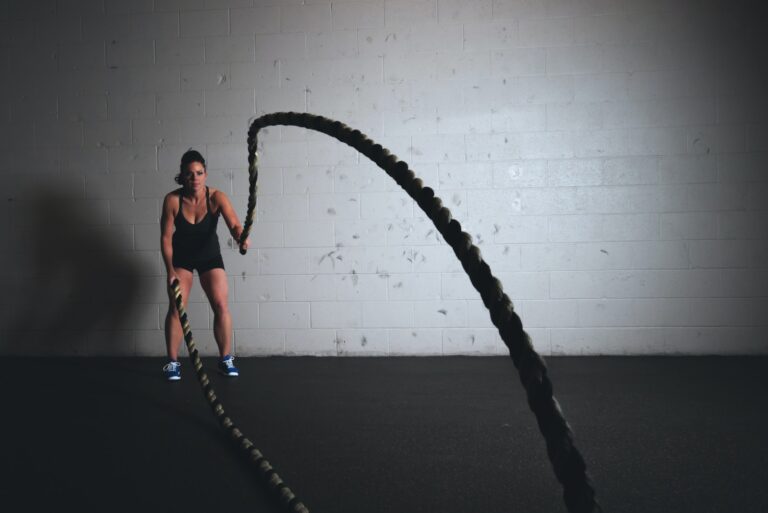
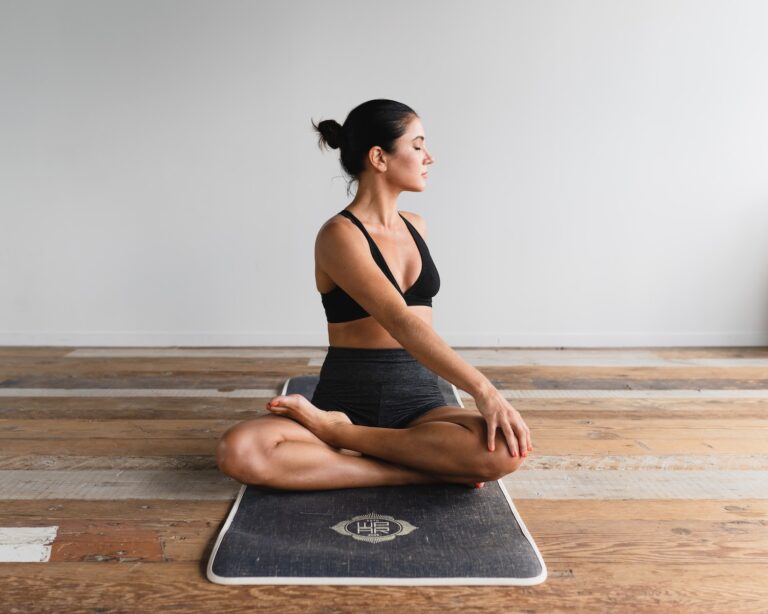
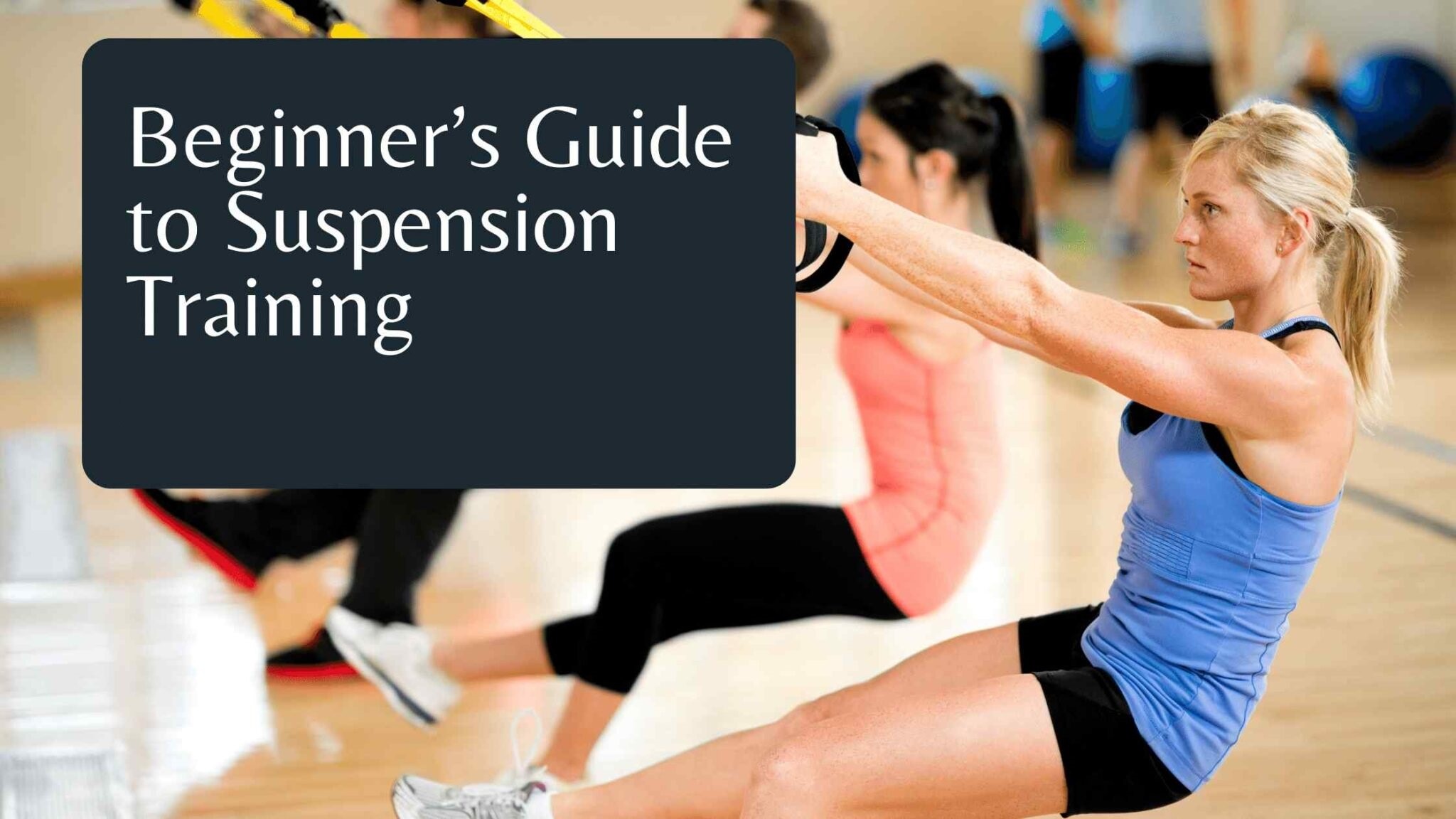
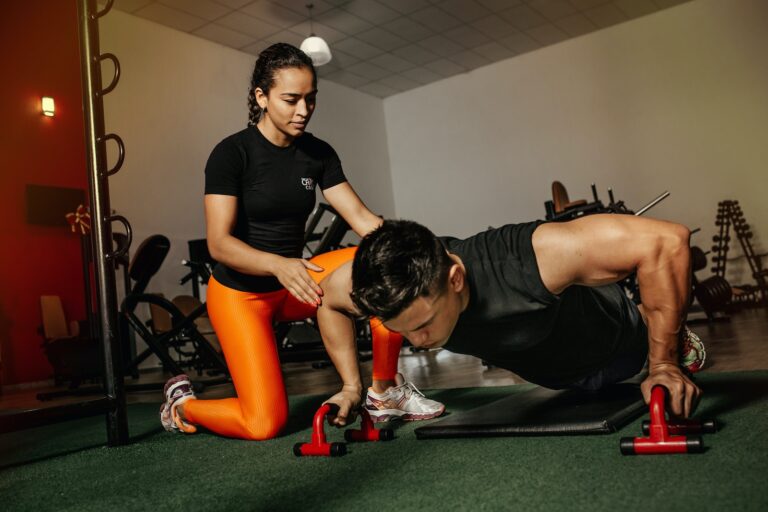
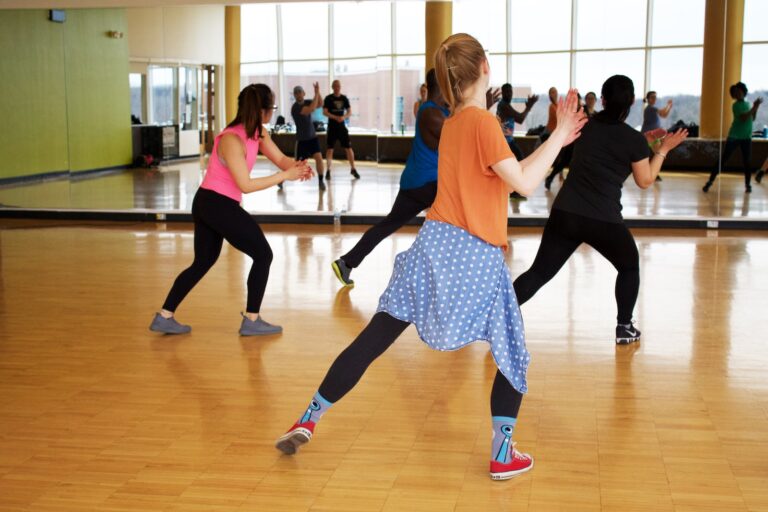
One Comment